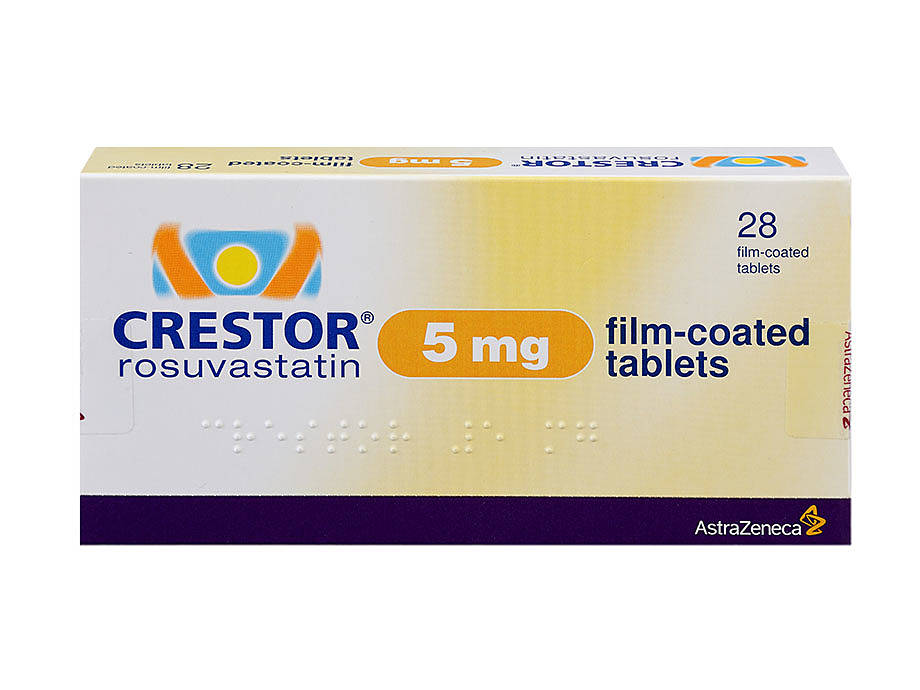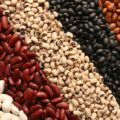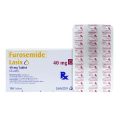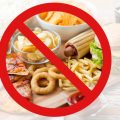Taking some types of medicine at the same time you eat can cause your body not to absorb the medicine. Or certain foods may delay or decrease the absorption of the drug.
Some medicines cannot be taken with certain types of food. The food can cause a reaction that changes the effect of the medicine. It also can create or heighten side effects.
What is Crestor?
Crestor is a brand of rosuvastatin, a medication used together with diet, weight-loss, and exercise to reduce the risk of heart attack and stroke and to decrease the chance that heart surgery will be needed in people who have heart disease or who are at risk of developing heart disease. Rosuvastatin is also used to decrease the amount of cholesterol such as low-density lipoprotein (LDL) cholesterol (‘bad cholesterol’) and triglycerides in the blood and to increase the amount of high-density lipoprotein (HDL) cholesterol (‘good cholesterol’) in the blood. Rosuvastatin may also be used together with diet to decrease the amount of cholesterol and other fatty substances in the blood in children and teenagers 8 to 17 years of age who have familial heterozygous hypercholesterolemia (an inherited condition in which cholesterol cannot be removed from the body normally).
Crestor is used together with diet, and alone or in combination with other medications to decrease the amount of cholesterol and other fatty substances in the blood in adults and children and teenagers 7 to 17 years of age who have familial homozygous hypercholesterolemia (an inherited condition in which cholesterol cannot be removed from the body normally). Rosuvastatin is in a class of medications called HMG-CoA reductase inhibitors (statins). It works by slowing the production of cholesterol in the body to decrease the amount of cholesterol that may build up on the walls of the arteries and block blood flow to the heart, brain, and other parts of the body.
Accumulation of cholesterol and fats along the walls of your arteries (a process known as atherosclerosis) decreases blood flow and, therefore, the oxygen supply to your heart, brain, and other parts of your body. Lowering your blood level of cholesterol and fats with rosuvastatin has been shown to prevent heart disease, angina (chest pain), strokes, and heart attacks.
How should I take Crestor?
Take Crestor by mouth. Rosuvastatin also comes as a capsule (Ezallor) to take by mouth or to open, mix with water, and give through a feeding tube. It is usually taken once a day with or without food. Take rosuvastatin at around the same time every day. Follow the directions on your prescription label carefully, and ask your doctor or pharmacist to explain any part you do not understand. Take Crestor exactly as directed. Do not take more or less of it or take it more often than prescribed by your doctor.
Your doctor will probably start you on a low dose of rosuvastatin and gradually increase your dose, not more than once every 2 to 4 weeks.
Swallow the capsules (Ezallor) whole; do not chew or crush them. If you cannot swallow the capsule, open the capsule and carefully sprinkle the contents onto 1 teaspoonful of applesauce. Swallow the entire mixture immediately without chewing. Do not save the applesauce mixture for later use. Continue to take rosuvastatin even if you feel well. Do not stop taking rosuvastatin without talking to your doctor.
What Foods Should Be Avoided When Taking Crestor?
Doctors generally recommend eating a low-fat, low-cholesterol diet. You can also eat cholesterol lowering foods, different foods lower cholesterol in various ways. Some deliver soluble fiber, which binds cholesterol and its precursors in the digestive system and drags them out of the body before they get into circulation. Some give you polyunsaturated fats, which directly lower LDL. And some contain plant sterols and stanols, which block the body from absorbing cholesterol. Some foods you can try include:
- Oats. An easy first step to lowering your cholesterol is having a bowl of oatmeal or cold oat-based cereal like Cheerios for breakfast. It gives you 1 to 2 grams of soluble fiber. Add a banana or some strawberries for another half-gram. Current nutrition guidelines recommend getting 20 to 35 grams of fiber a day, with at least 5 to 10 grams coming from soluble fiber. (The average American gets about half that amount.)
- Barley and other whole grains. Like oats and oat bran, barley and other whole grains can help lower the risk of heart disease, mainly via the soluble fiber they deliver.
- Beans. Beans are especially rich in soluble fiber. They also take a while for the body to digest, meaning you feel full for longer after a meal. That’s one reason beans are a useful food for folks trying to lose weight. With so many choices — from navy and kidney beans to lentils, garbanzos, black-eyed peas, and beyond — and so many ways to prepare them, beans are a very versatile food.
- Eggplant and okra. These two low-calorie vegetables are good sources of soluble fiber.
- Nuts. A bushel of studies shows that eating almonds, walnuts, peanuts, and other nuts is good for the heart. Eating 2 ounces of nuts a day can slightly lower LDL, on the order of 5%. Nuts have additional nutrients that protect the heart in other ways.
- Vegetable oils. Using liquid vegetable oils such as canola, sunflower, safflower, and others in place of butter, lard, or shortening when cooking or at the table helps lower LDL.
- Apples, grapes, strawberries, citrus fruits. These fruits are rich in pectin, a type of soluble fiber that lowers LDL.
- Foods fortified with sterols and stanols. Sterols and stanols extracted from plants gum up the body’s ability to absorb cholesterol from food. Companies are adding them to foods ranging from margarine and granola bars to orange juice and chocolate. They’re also available as supplements. Getting 2 grams of plant sterols or stanols a day can lower LDL cholesterol by about 10%.
- Soy. Eating soybeans and foods made from them, like tofu and soy milk, was once touted as a powerful way to lower cholesterol. Analyses show that the effect is more modest — consuming 25 grams of soy protein a day (10 ounces of tofu or 2 1/2 cups of soy milk) can lower LDL by 5% to 6%.
- Fatty fish. Eating fish two or three times a week can lower LDL in two ways: by replacing meat, which has LDL-boosting saturated fats, and by delivering LDL-lowering omega-3 fats. Omega-3s reduce triglycerides in the bloodstream and also protect the heart by helping prevent the onset of abnormal heart rhythms.
- Fiber supplements. Supplements offer the least appealing way to get soluble fiber. Two teaspoons a day of psyllium, which is found in Metamucil and other bulk-forming laxatives, provide about 4 grams of soluble fiber.
Be sure to follow all exercise and dietary recommendations made by your doctor or dietitian. You can also visit the National Cholesterol Education Program (NCEP) website for additional dietary information at http://www.nhlbi.nih.gov/health/public/heart/chol/chol_tlc.pdf.






